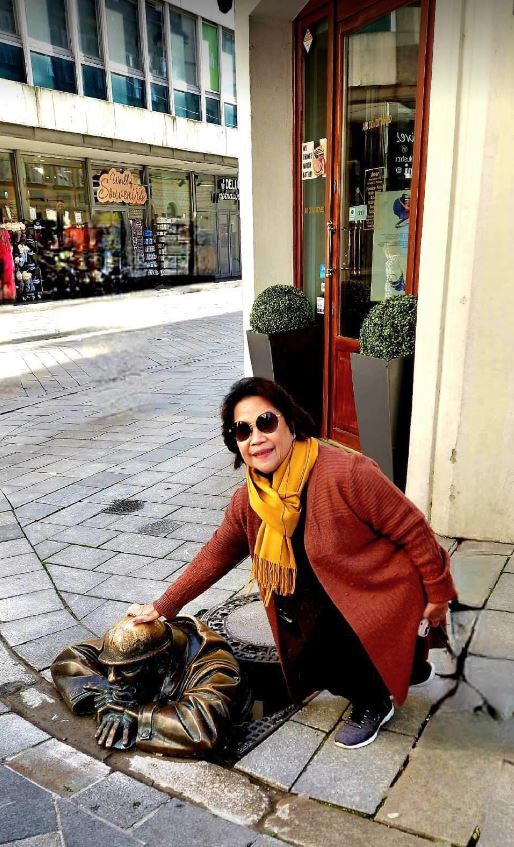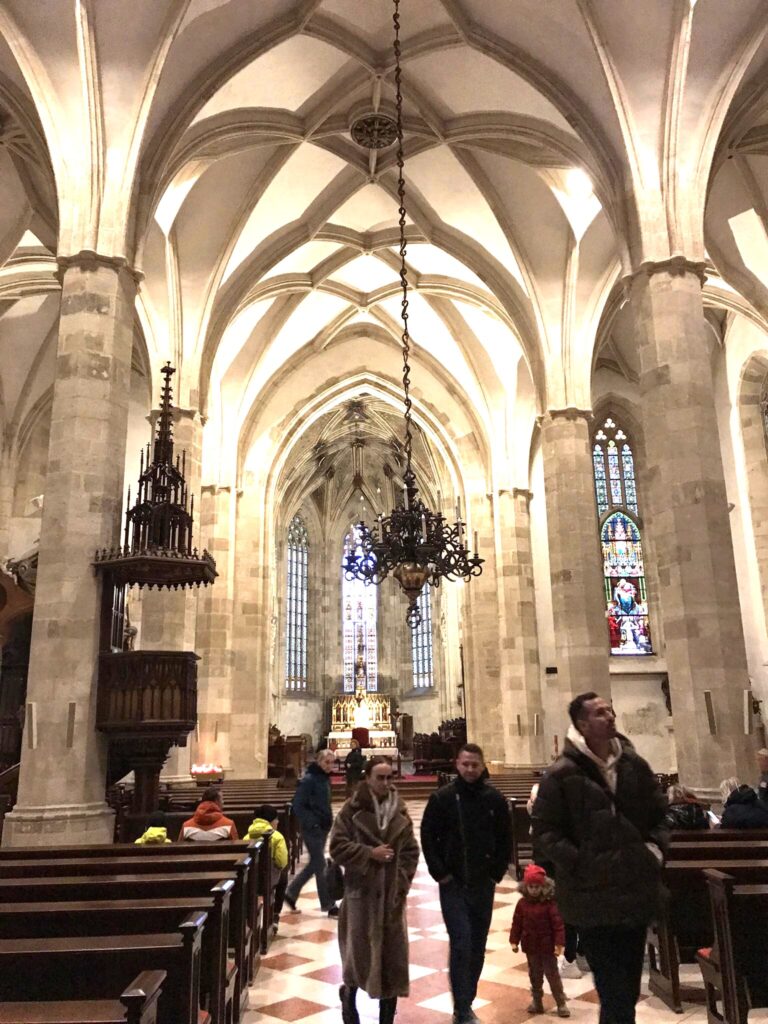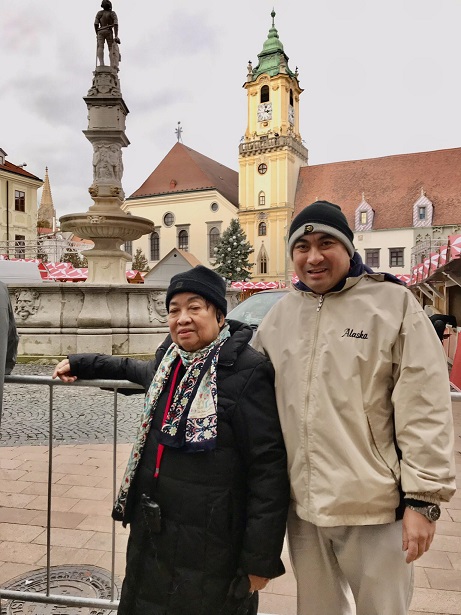Bratislava: Underrated gem of Europe
By Wendell Gaa
Bratislava, the historic European capital city of Slovakia, is oftentimes seemingly overshadowed as a traveler’s destination by its more popular neighboring cities in Central Europe: Prague, Vienna and Budapest.
This is a bit of a shame as I’ve recently learned for myself during a stopover which my mother, aunts and I made as part of our Danube River cruise tour, how quite underrated Bratislava really is.
Visiting Slovakia marked a pretty special moment for myself personally given that it is the 46th country which I’ve visited since the day I was born! It is probably best known, at least at first glance, to be one-half of the former country Czechoslovakia which was created as a communist satellite state of the Soviet Union after the end of the Second World War. It was dissolved and became an independent nation after the end of the Cold War in the early 1990s. Apart from this, it may not be easily associated with anything iconic for many people, at least not in the same way as its more well-known former “partner nation” the Czech Republic.
During our cruise stopover in Bratislava, I discovered that one indelible trait of the country is definitely the folksy and jovial demeanor of its people, as exemplified through the Slovakian cultural performers who entertained us aboard our vessel.
Our tour guide walked us through the Old Town of Bratislava, which is situated just about 10-15 minutes walking distance from our cruise boat which was docked right along the Danube. We learned how Bratislava is the only national capital that borders two other countries, Austria and Hungary.
Looking around we saw how the Old Town is blessed with classical baroque architecture in its cathedrals, mansions, and even in its pedestrian zones. Seeing cobblestoned streets dating all the way back to the 16th century juxtaposed along with modern shops and restaurants testifies pretty well to how Slovakia as a whole is a modern progressive country that still retains ties to its historic and traditional past. This is particularly evident in Bratislava’s main town square.
A notable sight within the Old Town was no doubt the St. Martin’s Cathedral, which is the largest and one of the oldest churches in Bratislava. It has served as the coronation church of the Kingdom of Hungary between 1563 and 1830. The church tower itself is capped by a replica of the Hungarian Crown perched atop a gilded pillow. We could see how the church’s 279-feet spire hovers above everything else in the Old Town’s skyline, hence we could clearly understand how it formed an essential part of the town’s defense fortifications against any invaders.
Interestingly, there is also a nearby working seminary where robed students can be seen walking along a cobblestoned side street. We were then led inside the cathedral and got to see the intricate gothic designs on stained glass windows and statues.
However, the most unique icon which I saw throughout all of Bratislava was a statue of a sewer worker named Cumil literally emerging from a manhole, which is located literally on the ground at the middle of a pedestrian zone in the Old Town. First installed in 1997 to add more color to the city’s depressing communist-era architectural atmosphere, Cumil is a wonderful visual representation of the unique flavor of Bratislava’s history and heritage. Of course, I took the chance to have my photo taken with Cumil. Former Philippine Consul General to New York Ambassador Cecilia Rebong also shared with me her own photo op with Cumil during the trip she made to Bratislava together with her own Danube River cruise tour group!

© The FilAm 2023












